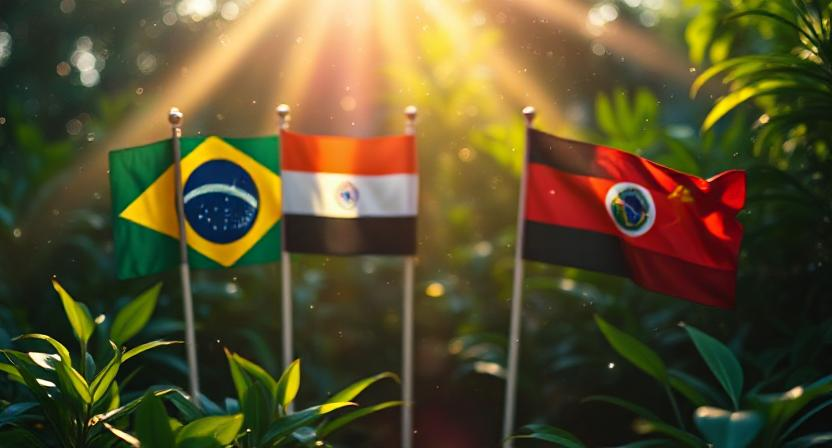As global tensions escalate and calls for de-dollarization grow louder, the BRICS alliance—Brazil, Russia, India, China, and South Africa—has emerged as a vocal critic of Western financial supremacy. These five countries have long aimed to develop an alternative global financial system that challenges the dominance of the U.S. dollar and institutions like the IMF and World Bank. But behind their bold declarations lies a different reality—the dark side of BRICS: is an alternative global financial system actually feasible?
Big Ambitions, Bigger Challenges
The concept of BRICS is rooted in the idea of economic multipolarity. With combined GDPs surpassing $27 trillion and over 40% of the world’s population, BRICS has the numbers to reshape global finance. Yet, beyond statistics, the alliance suffers from fundamental issues:
- Lack of economic cohesion: Member nations have vastly different political systems, economic goals, and growth rates.
- Geopolitical friction: China and India have ongoing border disputes. Brazil and Russia differ in their international strategies.
- Currency instability: The proposed BRICS currency to rival the dollar has made little progress due to internal distrust and limited cross-border trade among members.
These issues highlight the dark side of BRICS: is an alternative global financial system actually feasible under such fragmented circumstances?
Why BRICS Keeps Falling Short
Despite frequent summits and policy announcements, BRICS has repeatedly failed to deliver transformative financial tools. Here’s why:
1. Limited Financial Infrastructure
Unlike the West, BRICS lacks strong, integrated financial institutions. While they launched the New Development Bank (NDB) in 2014, its scale and influence remain limited compared to the IMF or World Bank.
2. Dependence on the Dollar
Ironically, many BRICS nations still rely heavily on the U.S. dollar for trade. Even China, the largest BRICS economy, conducts most of its international transactions in dollars.
3. Asymmetry of Power
China’s overwhelming dominance within BRICS often breeds resentment. Smaller members fear becoming too dependent on Beijing, undermining the trust needed for true financial cooperation.
Attempts to Challenge the West
BRICS has experimented with several alternatives to Western systems:
- BRICS Pay: A payment platform to bypass SWIFT, still in early stages.
- Local currency trade agreements: India and Russia have attempted bilateral trade in rupees and rubles—but currency volatility has discouraged large-scale adoption.
- Expansion plans: The 2023 BRICS summit invited countries like Argentina, Egypt, and Saudi Arabia to join, seeking to build a broader “BRICS+” alliance.
However, without unified governance or economic standards, these moves seem more symbolic than strategic.
Western Dominance Still Intact
Western financial institutions continue to dominate due to historical trust, transparency, and legal predictability—qualities BRICS has yet to offer. The U.S. dollar still accounts for nearly 60% of global reserves, and the euro maintains a strong secondary role. Meanwhile, BRICS’ internal divides often stall collective action.
Moreover, political instability in member nations—such as Brazil’s changing leadership or South Africa’s economic struggles—further erode the bloc’s credibility.
Conclusion: A Distant Dream or Future Reality?
So, the dark side of BRICS: is an alternative global financial system actually feasible? Not in the immediate future. While the idea of a multipolar financial world is appealing, the BRICS alliance lacks the unity, infrastructure, and global trust to make it happen. Until its members resolve internal conflicts and build credible institutions, their dream of dethroning Western financial dominance remains a distant one.
Still, the growing dissatisfaction with the current financial order may push BRICS and its allies to keep trying. Whether these efforts lead to real transformation or remain geopolitical rhetoric is a question only time can answer.
